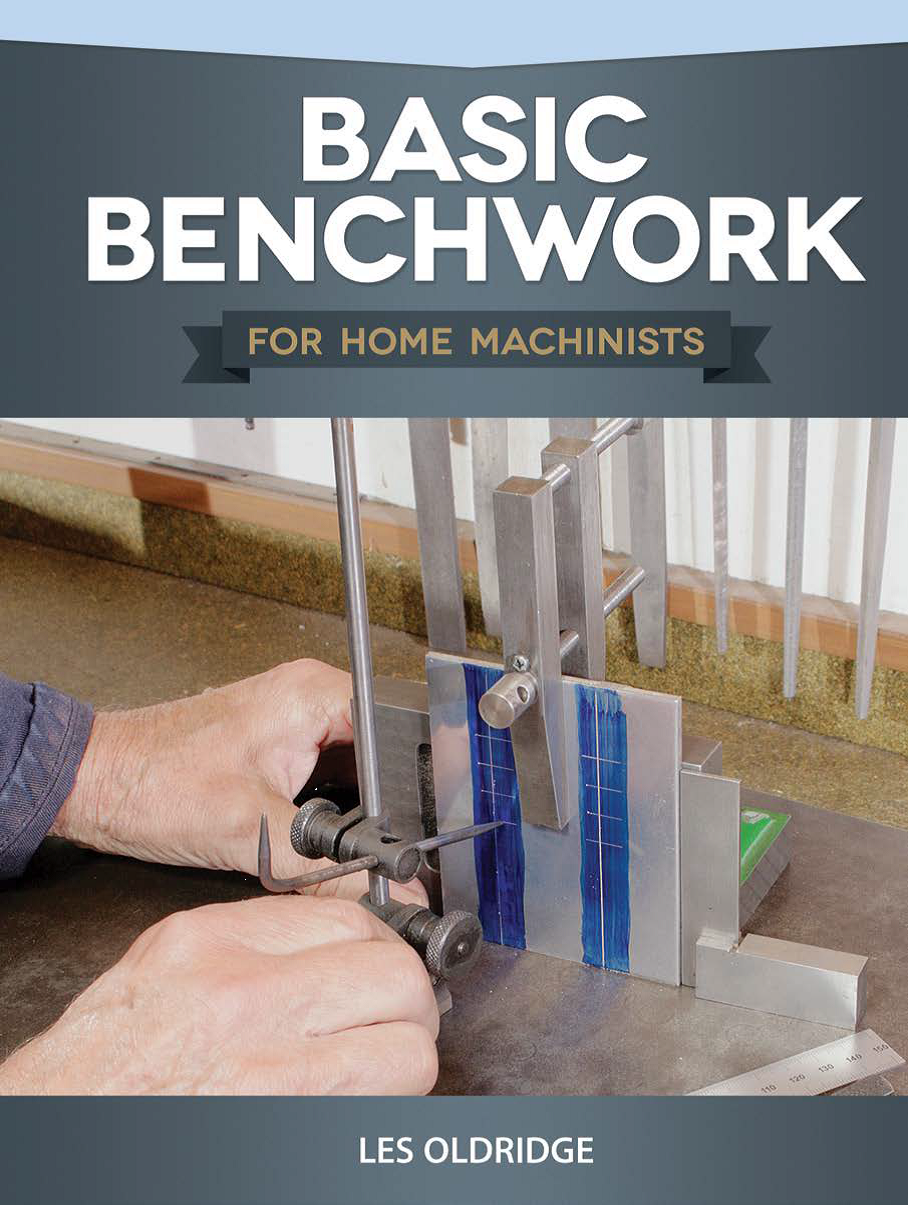
Although the title of a book I received a digital review copy of is “Basic Benchwork for Home Machinists,” it contains information that even metalworking professionals might implement on the shop floor or at least enjoy reading.
The 128-page book by Les Olridge, who reportedly died shortly after submitting the manuscript and illustrations for the book, was initially published as “Basic Benchwork” by Argus Books in 1988 and then by Special Interest Model Books Ltd. in 2013. The latest version is from Fox Chapel Publishing Co. Inc., Mount Joy, Pennsylvania.
The publisher’s acknowledge significant advances have occurred for soldering and welding during the past several decades, but note that many aspects of metalworking have changed very little since the book was first published and readers should consult with a reputable supplier as to the proper materials required for the task at hand. That statement is sound advice. I would add that some significant advances in materials and equipment have also occurred in many of the other topics covered, such as measuring, drills and reamers, and taps and dies.
The book is divided into 19 chapters, which are followed by an appendix, acknowledgements and index. The book includes a generous selection of line drawings and black-and-white photos to help guide the reader, as well as numerous reference tables.
It became obvious that the author was British even before he noted it. When the name of an item is different in the U.K. than North America, Olridge sometimes pointed it out. For example, he wrote that what readers in North America call a set screw, “those of us on this side of the pond call a grub screw.”
If you know a home machinist, or model engineer, who you want to give a gift to, consider “Basic Benchwork for Home Machinists.”
Related Glossary Terms
- metalworking
metalworking
Any manufacturing process in which metal is processed or machined such that the workpiece is given a new shape. Broadly defined, the term includes processes such as design and layout, heat-treating, material handling and inspection.







